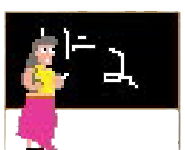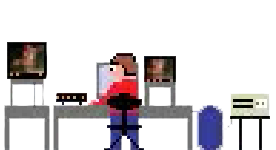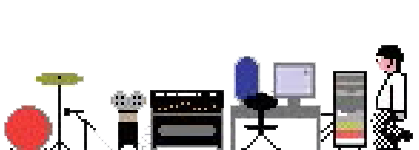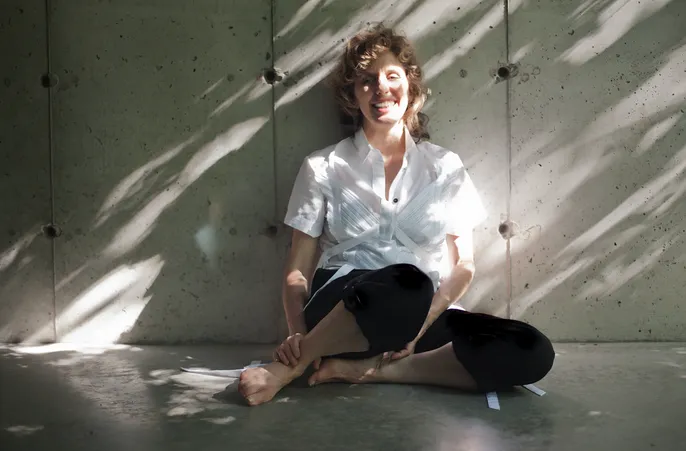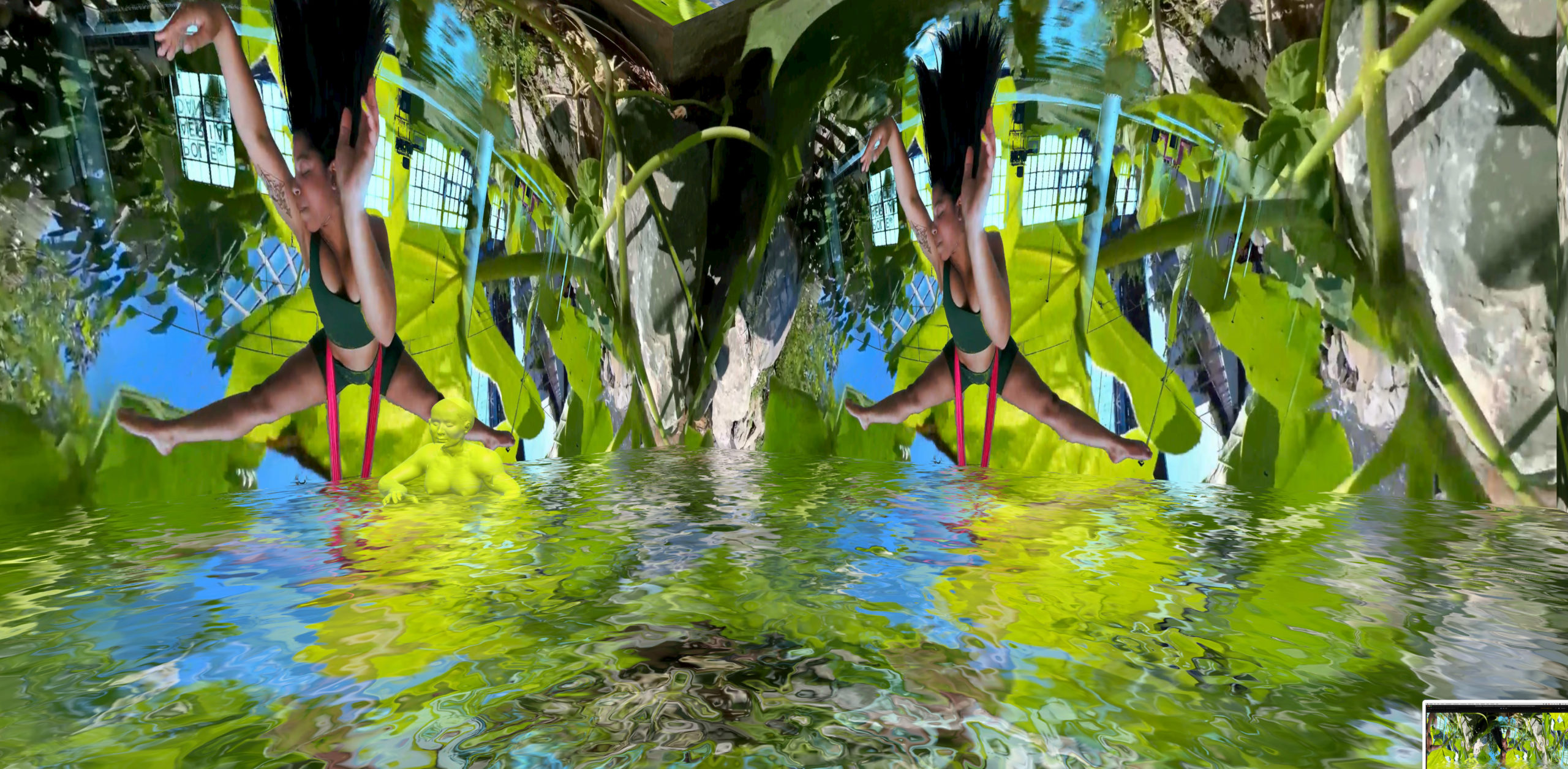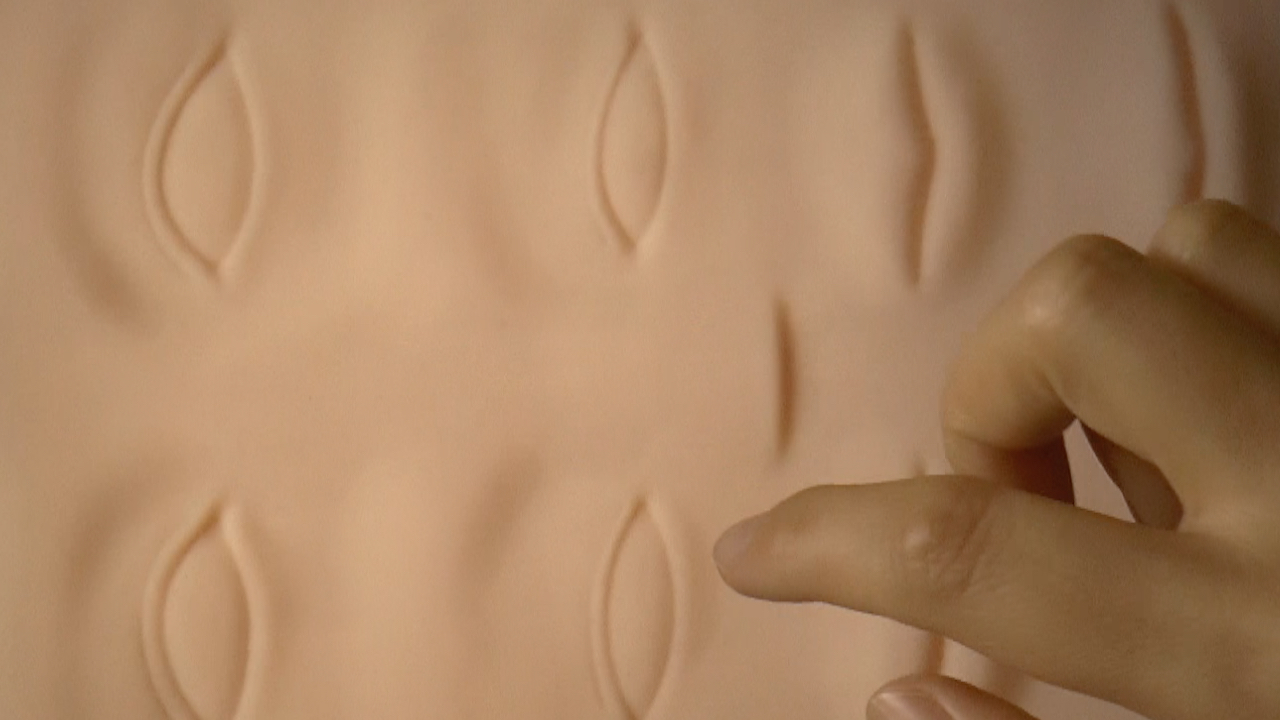Like Eva Davidova’s previous works, Garden for Drowning Descendant, an
interactive mixed reality work, uses the subconscious to workshop ideas. There is an
ongoing exchange between dream and art in Davidova’s work; she processes the ideas
for her art while sleeping, allowing new narratives to emerge. The resulting works
have much in common with the somatic photoplays we generate at night: spaces that
are warped and illogical, figures that are slippery and change form, symbols that
are sometimes clear and otherwise elude us. Many of these elements also make the
work so specifically digital, such as the way Davidova creates her stages. Existing
simultaneously as a 360 VR environment and an immersive projection installation, the
surroundings for us as viewers and the subjects within the work are aggressively
cubic. The same landscape or architecture is recombined in different orientations to
create hard-edge seams. Top and bottom are not distinct from left and right, nor are
they continuous, but rather they repeat in a dizzying prism that clearly
demonstrates the unreal construction of the environment. Within these chaotic scenes
that performers – humans, avatars, digital objects, and audience alike – dance. In
search of new movements, Davidova collaborates with performers who are given
open-ended prompts which are later augmented with digital objects. For example, in
one of the four scenes of Garden for Drowning Descendants subtitled Surveillance
Garden, the dancers are asked to tear themselves away from something. Once inserted
into the digital scenes, their bodies are placed at the edges of the digital space,
and the mirroring of their actions creates a sense of the bodies pulling apart and
recombining. This is juxtaposed with floating crocodiles and an avatar from whose
belly a crocodile emerges. Davidova uses the VR space to invent multiple
possibilities for the future, at once threatening and beautiful. In another scene,
we see an aerial silks performer both upside down and rightside up as she herself
flips and contorts above water rising in the interior space. At our eye level, an
avatar bobs above and below the water, gasping to catch her breath. Within the VR
environment, the viewer too can dip below the water and struggle, standing on
tiptoes, to get above it. Like the way that smartphones have trained us to add new
gestures to our movement vocabularies like swiping and pinching, Davidova asks the
same of viewers. Whereas the person within the VR console controls the camera for
the piece, which is then projected to the larger audience, members of the audience
can interact with the elements within the projection, which is then seen by and
affects the experience of the person in VR. But the rules of engagement are left
intentionally unsaid; participants need to experiment in order to understand the
possibilities for interaction. How can we shoo away this ferocious crocodile falling
from the sky? Can we intervene amidst a field of dying sheep? Here, the audience
must invent and collaborate, but, ultimately the piece poses a paradox of ecological
disaster. We may desire to make change, but inevitably we end up drowned. Still, we
try. Within the pandemonium of the scenes created by Davidova, of paradoxical
landscapes and absurd floating animals and technology, it is the human actors who
stand out: both the performers and us, the viewers. As there is a violent collapse
of animals, landscape, technology, and humans, we are the ones left as actors to
engender change. But we can only do so much.



